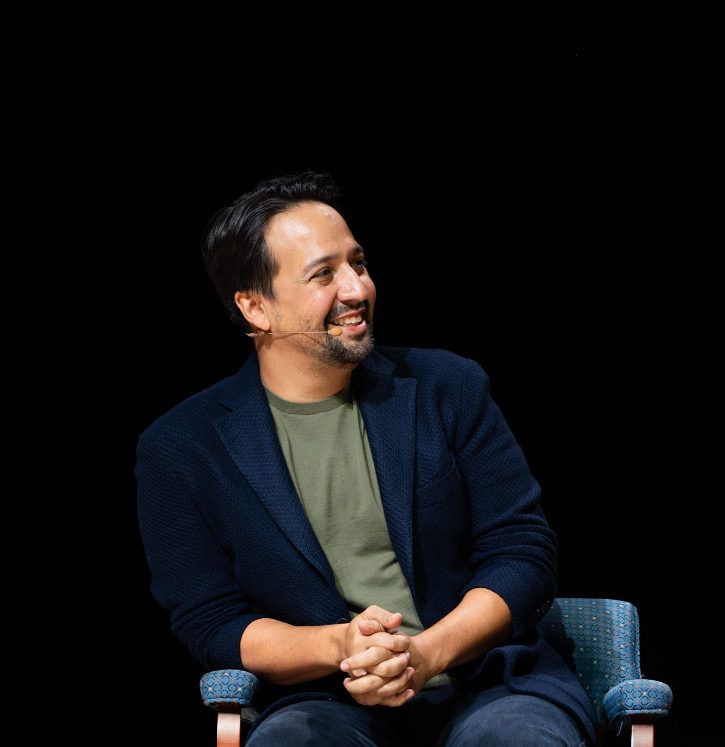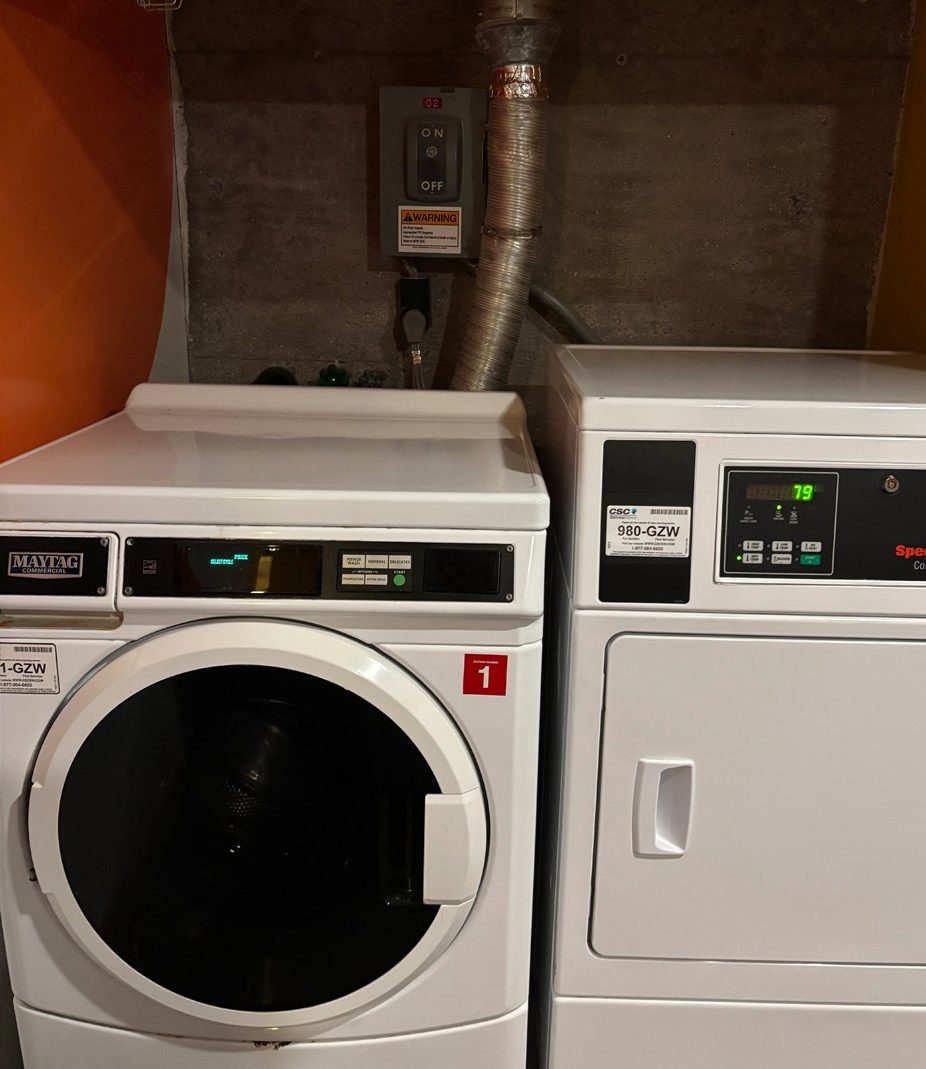
Among the many hurdles high school students face in accessing higher education, none have been as debated as SAT/ACT testing policies. Following the pandemic, colleges and universities nationwide implemented SAT and ACT test-optional requirements meant to level the playing field for students facing closed testing centers and concerns over health safety. Today, top American universities are reversing their decisions. Dartmouth and the Massachusetts Institute of Technology have taken this step, while Yale is considering the reinstatement of this admission requirement. In the near future, other elite institutions, both within and outside the Ivy League, could follow suit. With regards to Hamilton’s test-optional policy, reverting to pre-pandemic requirements would hinder both the quality and diversity of future Hamilton cohorts.
In understanding the flaws of standardized testing, considering its creation is a critical first step. Structured as an aptitude test, the SAT’s making in 1926 came after an important wave of immigration into the United States. Its founders sought to implement an assessment classifying these new individuals’ intelligence while promoting an egalitarian system. In reality, the SAT’s makeup favored white Anglo-Saxon individuals who supported its creation, while newly-arrived immigrant students, unfamiliar with its composition, scored lower on average. However intelligent, immigrant students succumbed to the systemic inequalities plaguing American society.
Nearly a century later, the same reality applies. A recent study by Opportunity Insights, a Harvard-based team of researchers and policy analysts, found that “children of the wealthiest one percent of Americans were 13 times more likely than low-income families to score 1300 or higher on SAT/ACT tests.” In other words, students who are advantaged by their socioeconomic status are best-positioned to attend our nation’s best colleges and universities at the detriment of their low-income counterparts. This gaping inequality is notably exemplified by the business-model standardized testing that has taken on in recent years. Registering for the SAT costs $60. Need to cancel last-minute? That will be an extra $35. Want to send your SAT scores to your dream college? Count another $12 per college and $31 for a rush order. Most importantly, need extra practice to clinch the highest scores? One-on-one tutoring starts at $150 per hour. In today’s society, low-income students simply lack the financial resources to compete with high-income students. Abolishing Hamilton’s test-optional policy would be an essential first step in making the admissions process fairer for all parties involved.
Further, Hamilton’s position with regards to standardized tests is unique with respect to its Ivy League colleagues. Hamilton is one of nine schools nationwide to lack a core curriculum — it possesses an open curriculum. Students are free to choose classes of their liking from 44 different majors and 57 areas of study. Conversely, the structure of the SAT prioritizes reading comprehension, grammar, and math. At Hamilton, the aptitude assessed within the SAT marginally aligns with the college’s extensive range of subject matters. For instance, while Hamilton does possess its Quantitative and Symbolic Reasoning (QSR) requirement, students are only forced to take a single class within the QSR parameter out of a total 32 classes required to graduate. The subjects assessed on the SAT are unnecessary for students interested in concentrating within areas of study that do not require advanced mathematical understanding, such as Government, Linguistics or Cinema and Media Studies. Similarly, for students focused on STEM-related fields, Hamilton’s writing intensive policy spans over the course of three classes during three semesters. To obtain a B.A. Degree, students must complete eight semesters and obtain 32 credits. Biology, Chemistry, Neuroscience, and Geoscience majors will spend minimal time focusing on mastering sentence structure, grammar and reading comprehension. Mastery of SAT subjects does little in determining which students are best suited for academic success at Hamilton, given the futility of subjects the test covers in comparison to the broader College’s areas of study.
Finally, Hamilton’s current test-optional policy is problematic. Although Hamilton gives prospective students the option to opt out or submit their standardized test scores, is there really no harm in omitting one’s test score? A study conducted by Command Education found that “colleges will still favor students with strong test-scores over those who have none. In 2020, 90 percent of Class of 2025 Georgetown University students submitted test results.” Colleges like Hamilton, who preach a test-optional policy, appear on the surface to reduce inequality. Yet this could not be further from the truth. In an increasingly competitive college admissions process, every piece of information a college can procure from prospective applicants is taken into account. If two students boast identical GPA, letters of recommendation and extracurricular activities, but one student submits their standardized test while the other opts out, the college will lean towards accepting the individual that submitted his score to start with. Implementing a test-blind policy, as seen within the University of California schools, gives students an edge in being able to express themselves through other components of the holistic application process. Thus, creative and unconventional character traits are highlighted without the drawbacks of an unfairly skewed standardized test.
In the end, academic admissions should aim to promote a meritocratic process. Unfortunately, the SAT and ACT are both products of a society built upon centuries of systemic economic inequities. Minimizing those disparities could come through an abolition of the test-optional policy. For the sake of Hamilton’s future, making this critical transition would go a long way in benefiting prospective students from an extensive array of socioeconomic backgrounds.
























